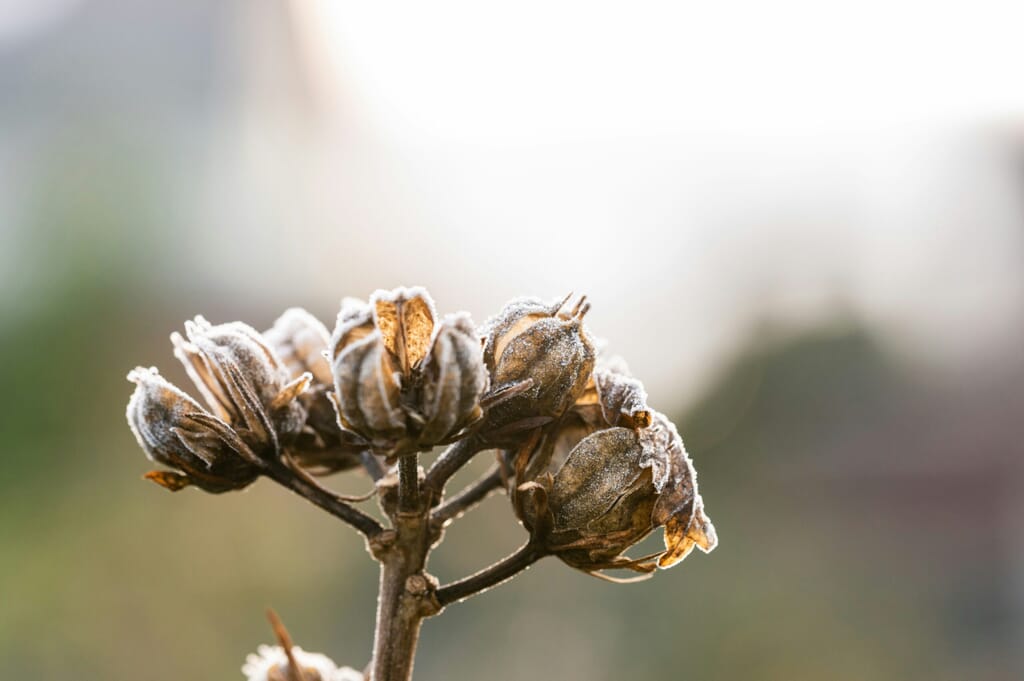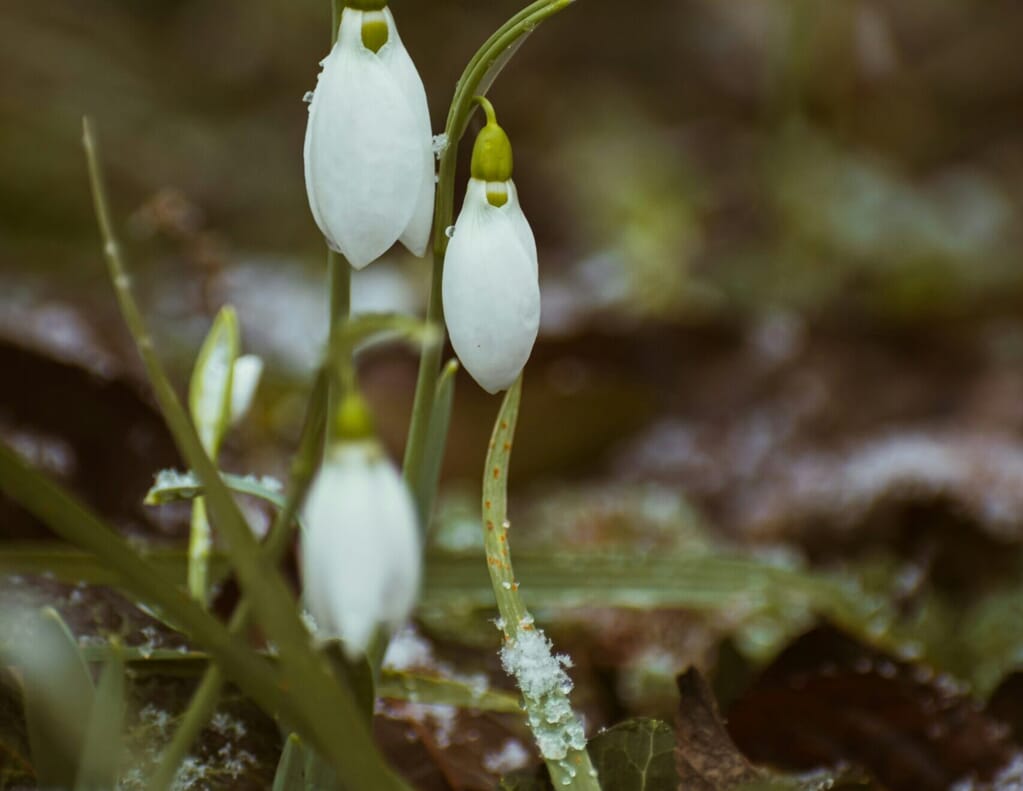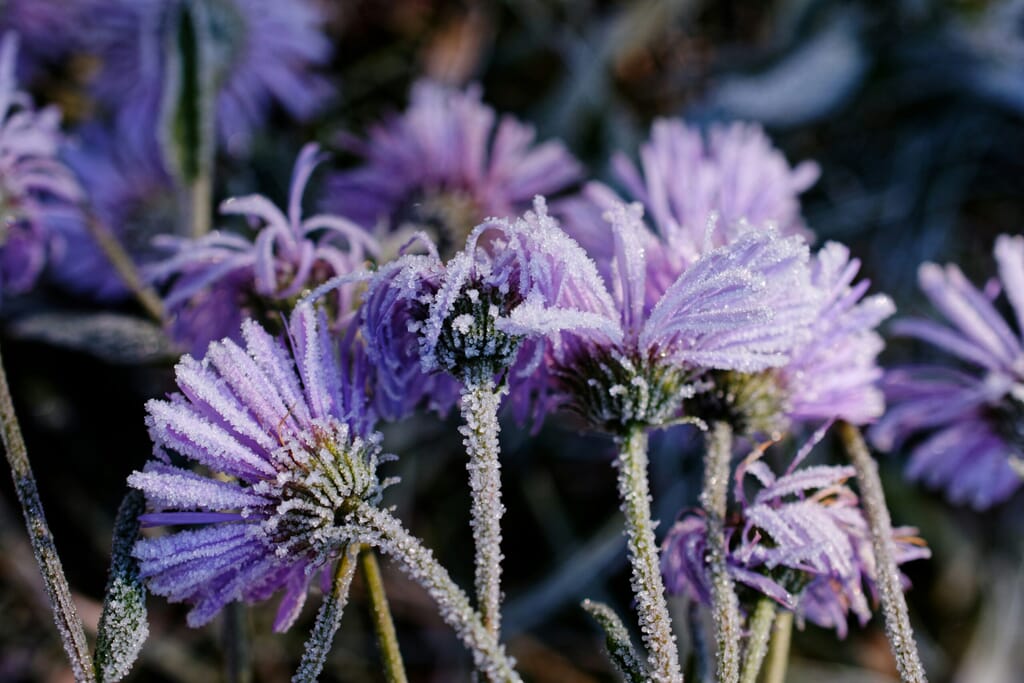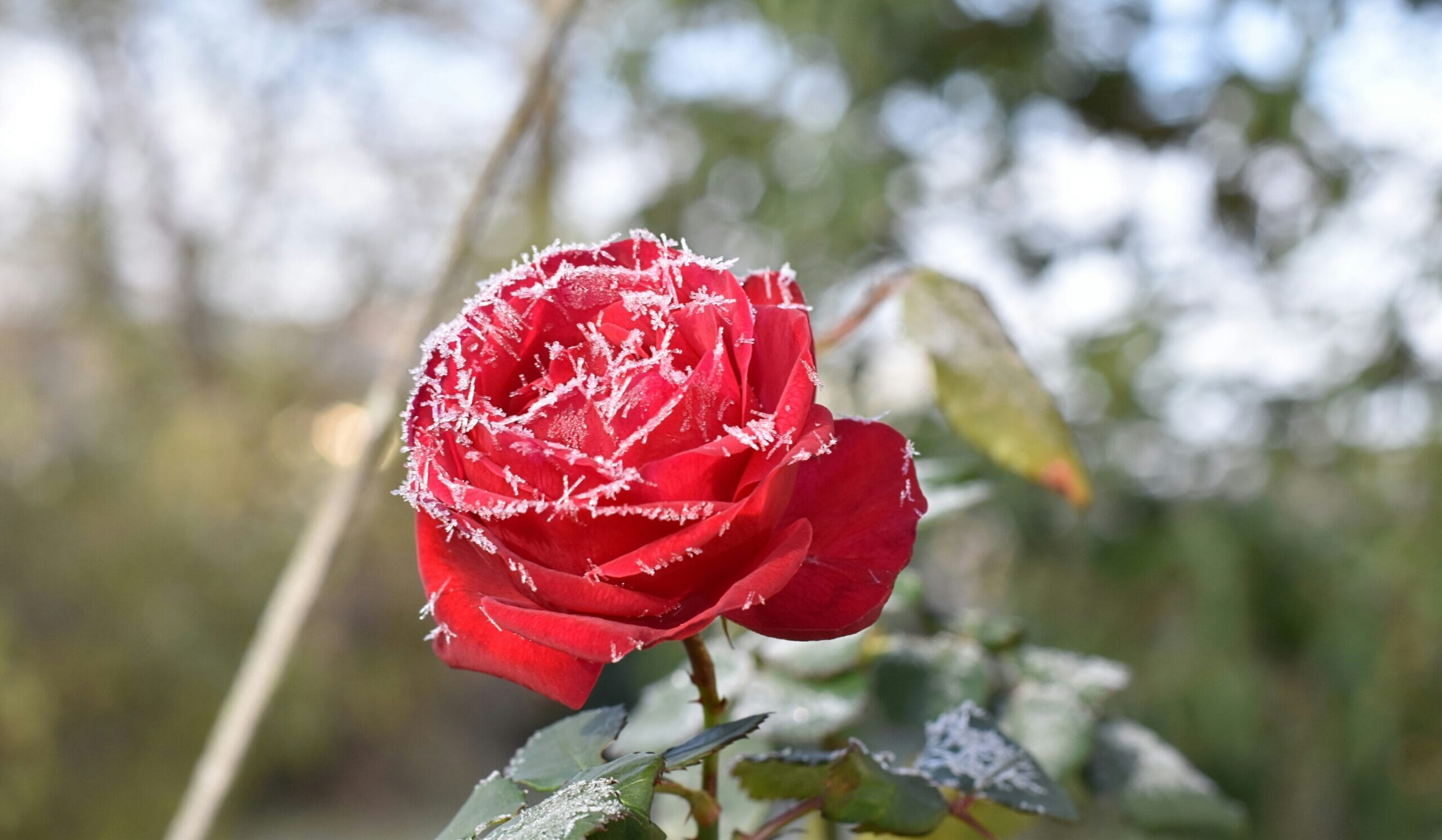
Winter is the time when the garden relies on the structure of trees and shrubs. They provide the backbone to the rest of the planting throughout the year. The varied layers, some of which are evergreen, variegated, coloured stems or bare branches all add to the rich tapestry of a winter garden.
To make a garden interesting all year round it is important to think about the winter months when colourful summer herbaceous plants have died back. What remains will determine how your garden enhances the lower light levels and dull days of winter. Thoughtful seasonal garden landscaping can ensure your outdoor space remains captivating all year round.
Firstly, the highest layer – trees. They can provide evergreen colour, or have interesting, coloured or mottled bark, like the Stewartia pseudocamellia. Himalayan Birch (Betula utilis) with its textured silvery trunks, against a darker background, really stands out at this time of year.
At the mid level you can always rely on the coloured bark of the Dogwood (Cornus) family. Ranging from acid greens, orange, fiery reds and black, they provide a burst of drama in the borders. They look particularly good if planted with Black Mondo grass (Ophiopogon planiscapus ‘Nigrescens’) or Snowdrops (Galanthus).
 Winter flowering shrubs play an essential role in any seasonal garden landscaping plan, serving as an important food source for foraging pollinators. For example, the Mahonia x media produces cheerful yellow flowers and a warm honey fragrance that fills the air. Other larger scented shrubs include:
Winter flowering shrubs play an essential role in any seasonal garden landscaping plan, serving as an important food source for foraging pollinators. For example, the Mahonia x media produces cheerful yellow flowers and a warm honey fragrance that fills the air. Other larger scented shrubs include:

Of course, the lowest layer of the garden can still be interesting in winter. Most winter flowering plants prefer dappled shade and grow well in the low light levels, so are ideal for providing colour in woodland themed borders for example. Winter Aconites (Eranthis hyemalis) with their bright yellow buttercup-like flowers spread a golden carpet across borders and lawns. Cyclamen coum provide pops of white, pink or magenta flowers, and like the delightful herald of spring, the Snowdrop (Galanthus), they are sometimes seen poking up through a layer of snow. They are great for naturalising on banks, in shady borders and under trees.
For additional structure, don’t be too hasty to cut back all your faded herbaceous perennials. Some retain their spent seedheads or old flower stalks, like Phlomis russeliana, and the elegant ornamental grass plumes, such as Miscanthus. When these are silhouetted against a winter sky, catching the late evening sun or decorated with sparkling frost, they can also bring winter structure to the garden, and provide food and homes for nestling ladybirds and other over-wintering insects.
With help from our Cheltenham garden design services, you can create a stunning winter garden tailored to your unique space. By selecting the right winter flowering plants and incorporating structure, scent, and colour, your garden can remain vibrant and inviting even in the chilliest months. Contact us to discuss your winter garden design plans.


